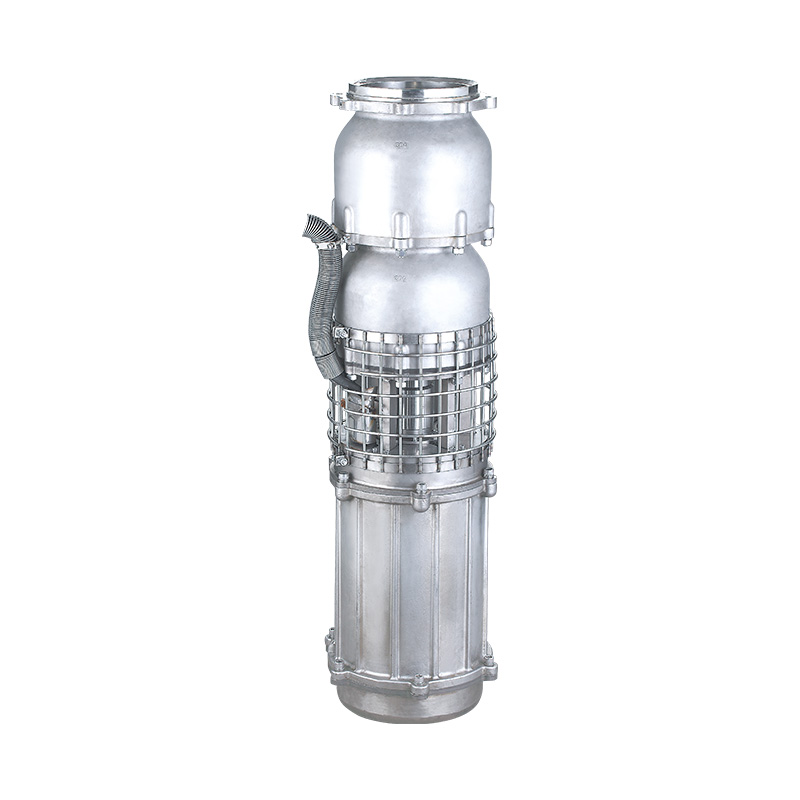Effective flood control systems rely heavily on the performance of pumping equipment designed to manage high volumes of water efficiently and reliably. Among such equipment, stainless steel flood control pumps have gained prominence due to their durability and resistance to corrosion, making them suitable for harsh and wet environments. Meanwhile, large flow relay pumps serve a specific role in boosting water movement across extended systems, but their application also presents certain operational considerations.

Stainless steel flood control pumps are engineered to meet the demanding requirements of flood mitigation infrastructure, where high water flow rates and environmental resilience are critical. The design process integrates material selection, hydraulic efficiency, mechanical strength, and ease of maintenance.
Stainless steel is favored for flood control pumps primarily due to its corrosion resistance, especially in aggressive environments with standing or flowing water that may contain contaminants or debris. Typically, grades such as 304 or 316 stainless steel are used, with 316 offering enhanced resistance against chloride-induced corrosion. This material choice ensures longevity and reduces maintenance frequency, which is crucial for pumps expected to operate during emergency flood events.
The pump's impeller and volute are designed to handle large volumes of water with minimal hydraulic losses. Open or semi-open impellers are often employed to manage solids that may be present during flood conditions. The hydraulic profile aims to maximize efficiency while preventing clogging and ensuring consistent flow under variable conditions.
Robust shaft design and bearings are essential to withstand the mechanical stresses encountered during continuous operation. Sealing systems, including mechanical seals and shaft sleeves, are selected to prevent water ingress into the motor housing and maintain reliable operation.
Flood control pumps are typically designed for quick installation and easy access for inspection or repair. Modular components and standardized fittings facilitate rapid deployment and servicing, which is vital when responding to flood emergencies.
Large flow relay pumps play an important role in extending the reach of pumping systems by transferring water through long pipelines or across multiple stages. While their high capacity offers advantages in many settings, certain aspects of their design and operation warrant consideration.
Relay pumps are typically integrated into multi-pump systems, which increases the complexity of hydraulic networks. Coordinating the operation of multiple pumps to maintain pressure and flow consistency can require sophisticated control systems. Failure to optimize pump staging may inefficiencies or mechanical strain.
Due to their size and flow capacity, large flow relay pumps often require significant installation space and robust supporting infrastructure. This can be a constraint in urban or confined environments, where compact or modular alternatives may be preferred.
Operating large flow pumps at high capacity may result in elevated energy use, especially if the system is not optimized for varying flow demands. Without variable speed drives or other efficiency-enhancing technologies, energy consumption can increase operational costs.
The scale and integration level of large flow relay pumps can complicate maintenance activities. Servicing these pumps often requires specialized equipment and trained personnel. Downtime during maintenance may affect the overall system's ability to meet demand, necessitating careful planning.
Multi-stage pumping with large flow relay pumps can be susceptible to hydraulic transients or water hammer effects. These pressure surges may stress piping systems and pump components if not properly mitigated through design measures such as surge tanks or pressure relief valves.